This week conclude our Complete Namibia Tour Travelogue series with my final twelve wildlife images from the awesome Etosha National Park.
[smart_track_player url=”https://www.podtrac.com/pts/redirect.mp3/traffic.libsyn.com/mbppodcast/mbpp_ep582″ src=”https://app.fusebox.fm/embed/player.js” class=”mbp-ignore”>
We finished last week with a photo of a pride of weary looking lions. The male with a mane had a scared face and was really quite thin. There were three young male lions sitting on the ground near him, and the solitary lioness was sitting atop a small hill to the left of the scene from our perspective.
Weary Lion Pride
It was the lioness that initiated a move, as she stood and walked down the hill, and crossed the road between our two safari vehicles. This first photo for today (below) is just before the road came into the frame from the right. As you can see, the three young male lions quickly stood and followed closely behind.
The lioness was the only one of the five lions that was not so thin that you could easily see all of her ribs. Our guide guessed that she was probably only hunting small animals, and was at this point only providing for herself. All four of the males didn’t look as though they even had the strength to hunt along side her, but as it’s often the lionesses that do most of the hunting, this pride seemed to be in a pretty dire situation.
I shot this at 400mm with my 100-400mm Mark II lens, and I had my aperture set to f/14 to get a bit of depth of field, but as you can see, at 400mm it’s still relatively shallow. My shutter speed was 1/500 of a second at ISO 640.
Our Safari Vehicles
The lioness led the pride to a waterhole, and the oldest male seemed to almost reluctantly follow. Here we see him walking across the road (below) with that safari vehicle to the right being my group’s second vehicle. I like this documentary photo, as it shows how we shoot, with the roof raised like that as well as through the open windows.
It also shows how close we were to these lions as they passed between the vehicles, and how scrawny this male had become.
As soon as this male had crossed the road, we drove around to the waterhole ahead of them and photographed them walking across the planes. Here (below) is a photograph of the lioness and the three young males drinking. You can see how thin the males are especially from the ribs and back leg of the left-most lion.
We also heard from our guide that it is not often you’ll see lions drinking at a waterhole. They generally get enough fluids from the blood of the large game that they eat. As he was also guessing that they were not getting any large game, this all works together to paint a rather glum picture for this pride. I had attached my 1.4X Extender to the 100-400mm lens now, and shot this at 560mm, at f/10, with a shutter speed of 1/640 of a second at ISO 400.
Lioness in Landscape
After a drink, the lioness jumped across the water between the larger water hole that you see in this photo (below) and where they’d had a drink, a little closer and to the left of the frame here, and she walked across and settled in the long grass.
I can’t help thinking that as she looked out across the plane she was somewhat concerned about the fate of her pride. She may also just be wishing that a lame zebra would walk up and sit down for her to easily kill, or wondering how much longer she has to wait for the rest of the pride to die so she can go off and start a new life. Either way, it was a somewhat sad experience to watch this pride.
For this image, I had intentionally pulled back to include more of the environment, with the salt flats visible along the top of the frame, and that beautiful old tree to the left. There are some beautiful scenes in the Etosha National Park, but they really come alive when you can capture them with a majestic animal like this lioness in the frame as well.
Giraffes in Eden
After lunch, we visited an idyllic waterhole with lush grass on the banks and found some Giraffe and Zebra waiting for us, and some Springbok and Impala in the background. This scene looked almost biblical to me, with the animals seeming to take their turns to visit the water and drink, and the somewhat harsh, yet still beautiful light.
I used my 1.4X Extender again for this, for a 490mm focal length, at f/11 and a 1/500 of a second shutter speed at ISO 400.
In this next image, we can see the trouble that the Giraffe go to just to get their heads down to the water to drink (below). I have a number of photos in which the Giraffe is actually drinking, but this to me shows the struggle a little bit better.
With it being daytime the Giraffes were much less nervous than the first one we’d seen drinking at night behind our lodge. I imagine the open space around them here also helps, as they can see any potential predators much better, and being in the group, they can rely on the others to raise the alert. I shot this at 450mm at f/14 for a 1/500 of a second shutter speed at ISO 640.
Lilac-Breasted Roller
We move on now to our last full day in Etosha, and a shot of this beautifully colored bird called a Lilac-breasted Roller. This guy was just sitting up in a tree, so we stopped for a quick photo. I used my Extender again here and cropped in on the image a little bit, but I still have a larger photo from my 5Ds R than I would if I’d used my old 7D Mark II with its crop factor.
Because I shoot from the front seat of our safari vehicle, I had to lean over in a pretty awkward position to see through the driver’s side window for this shot, and as luck would have it, the moment I pulled back to take a short breather, this guy flew away. It would have been nice to get him as he flew, and I believe one of the ladies in my vehicle got him, and that’s great for her, but for me, that’s the way it goes.
Black Rhino
We saw a number of Black Rhino during our time in Etosha but were able to photograph the one drinking and then flehming as you see here. Flehming, or the flehmen response is seen in a lot of mammals apparently, as they deeply inhale the air trying to detect pheromones and other scents.
I actually chose this shot to share with you not just because of the flehmen response, but because it’s one of the only shots that doesn’t really show off the fact that this Black Rhino has been dehorned. From a photography perspective, it’s not great that the Rangers are forced to cut off the Rhino’s horns, but it’s a lot better than seeing the Rhino killed by poachers for that same horn.
Be a Rhino Hero!
Apparently a there are three Rhino’s killed by poachers every day for their horns, so at this rate, they’ll be extinct within a decade. Earlier this year a guy named Matt Meyer cycled 2,000 miles from Washington to New Mexico pulling a life sized model of a Rhino, to help raise awareness and money that will be sent to three charities that are directly helping to save the Rhino.
The ride has now finished, but they are still collecting, so if you’d like to make a donation, you can head over to rhinoride.org and donate any amount via credit card, PayPal or wire transfer.
Autopilot Luck
Later in the day, we were driving along and saw a Southern Pale Chanting Goshawk in a tree, but as we slowed down to stop and photograph it, the Goshawk took to the wing and pounced on something in the brush. Our driver drove along a little further than he’d intended, and in hindsight, I vaguely recall raising my camera and trying to capture something as we slowed down again to see what was happening.
I photographed the Goshawk feeding on what we found to be a skink that he’d caught, but as I was concentrating on trying to photograph him feeding, I didn’t chimp to see if I’d caught any action as we pulled up. By the time I’d got back to the lodge later, I’d totally forgotten that I’d even tried, so I was pretty amazed when this photograph (below) popped up on my screen as I went through my images.
For a moment I was totally confused, trying to figure out how this image got on my memory card. I wondered if someone had photographed it using my camera as a joke, but my camera was in my hand or on my knee the whole time. Then I started to recall the split second reaction to raise my camera as we saw the Goshawk swooping into action. I think I’d ruled out the chances of actually capturing anything because it all happened so quickly and the car was breaking quite heavily to bring us to a stop as I photographed this.
Needless to say, I was pretty happy that my autopilot did a good enough job to get focus on the Goshawk as it jumped up into the air, then dropped the skink and some foliage that it had also grasped, before catching the skink again and eating it in front of us.
It’s a pity that the hawks face is in the shadow of its wing, and there is no catchlight in its eye, but I’ll live with that for this otherwise pretty cool action shot. Luckily I’d already got my camera set to 1/1000 of a second shutter speed at f/10, ISO 800, and my focal length for this image was 248mm.
Elephant Encounters
The last three images that we’ll look at today to conclude this series of images from this year’s Complete Namibia Tour are from two separate elephant encounters. This first image was from the morning, as an elephant came out of the brush to pose for us for a little while before moving on (below).
This is probably one of my favorite single elephant shots of the trip, as he almost displayed his trunk for us, with his ears flapping out wide as well. The light was a little harsh, but in a good direction, so I was pretty happy with this. My settings were f/11 for a 1/500 of a second at ISO 400, with a focal length of 188mm, so he was pretty close by.
Saving The Baby Elephant
For our last shoot in Etosha, we visited another waterhole about an hour from our Lodge, in the hope of seeing some more elephants. When we arrived there were no elephants, so my heart sunk for a moment, but as we stopped the vehicle and started to wonder what to do next, a huge heard of elephants came out of the bush to our right, walked across the front of our vehicle and made their way to the waterhole on our left.
It was a pretty amazing sight, and we got lots of great photos as they crossed. Although once the group was at the waterhole the light wasn’t great, coming from the back-left of the scene, I thought this next image was relatively interesting (below).
We heard a splash at first and then a lot of trumpeting as the elephants rallied around to help pull a baby elephant that had fallen into the waterhole back out. This image shows how the two cow elephants wrapped their trunks around the baby to help it out, and you can also see the concerned poses of the other two elephants to the left of them, and the dust that they kicked up in the rush to help.
With the high level of social interaction that you see in elephants, I almost felt that the commotion was at least to a degree a display of concern, showing the mother of the baby that the other elephants were ready and able to help. That’s probably my twisted mind at work as well, but it felt that way. My settings for this image were f/11 at 1/400 of a second, at ISO 800, with a focal length of 278mm.
Elephants’ Departure
We stayed with this group as they drank and wallowed in the mud for a while, and then, they all left, this time walking past what would have been the back of our vehicle if we’d stayed in the same place that we’d been as they arrived. We’d actually moved as they started to leave, to get a better line of sight and turn the vehicle around, allowing us to photograph shots like this (below).
The herd must have been between 30 and 40 elephants strong, and it was amazing to see so many babies too. The long golden grass provided a beautiful environment for this photo, which turned out to be the final photo that I selected, not only to share with you but from all of my Final selects from this trip.
The following morning we had a relatively short drive through the park to an exit that would start us on our drive back to Windhoek, for one last night before we all flew home. As the gate came into view, we jokingly asked our guide for a Leopard shot to finish with, and as if by magic, a Leopard actually walked across the road in front of us, and as we stopped, it walked into the brush.
I got a few shots of its behind, and a few from the side but there was grass in front of its face. One man in the group got a relatively clear shot from the back of the vehicle, which was great, and a final treat as we left the park.
That night, at our final lodge, I took my digital recorder around the table and recorded a message from nine of the ten participants and my friend Heath Carney, a talented photographer from Australia who I’d asked to assist me on this tour. One of the participants wasn’t feeling great and had skipped dinner. We were all a little conscious of the fact that there were so many other people in the room, and the group was pretty tired from our 17 days on the road, so it wasn’t the best time to record, but here’s what they had to say…
[Listen with the audio player at the top of the post to see what the participants had to say about the tour.]
Complete Namibia Tour 2018
I had an absolutely amazing time on this trip, and as we’ve now filled the first vehicle for our 2018 Complete Namibia Tour, I’ll be heading back next year. At the time of recording, we still have four places left, so if you might like to join us, please do check out the details and you can book from the tour page at https://mbp.ac/namibia.
Show Notes
Check out details of my 2018 Namibia Tour here: https://mbp.ac/namibia
Subscribe in iTunes for Enhanced Podcasts delivered automatically to your computer.
Download this Podcast in MP3 format (Audio Only).
Download this Podcast in Enhanced Podcast M4A format. This requires Apple iTunes or Quicktime to view/listen.

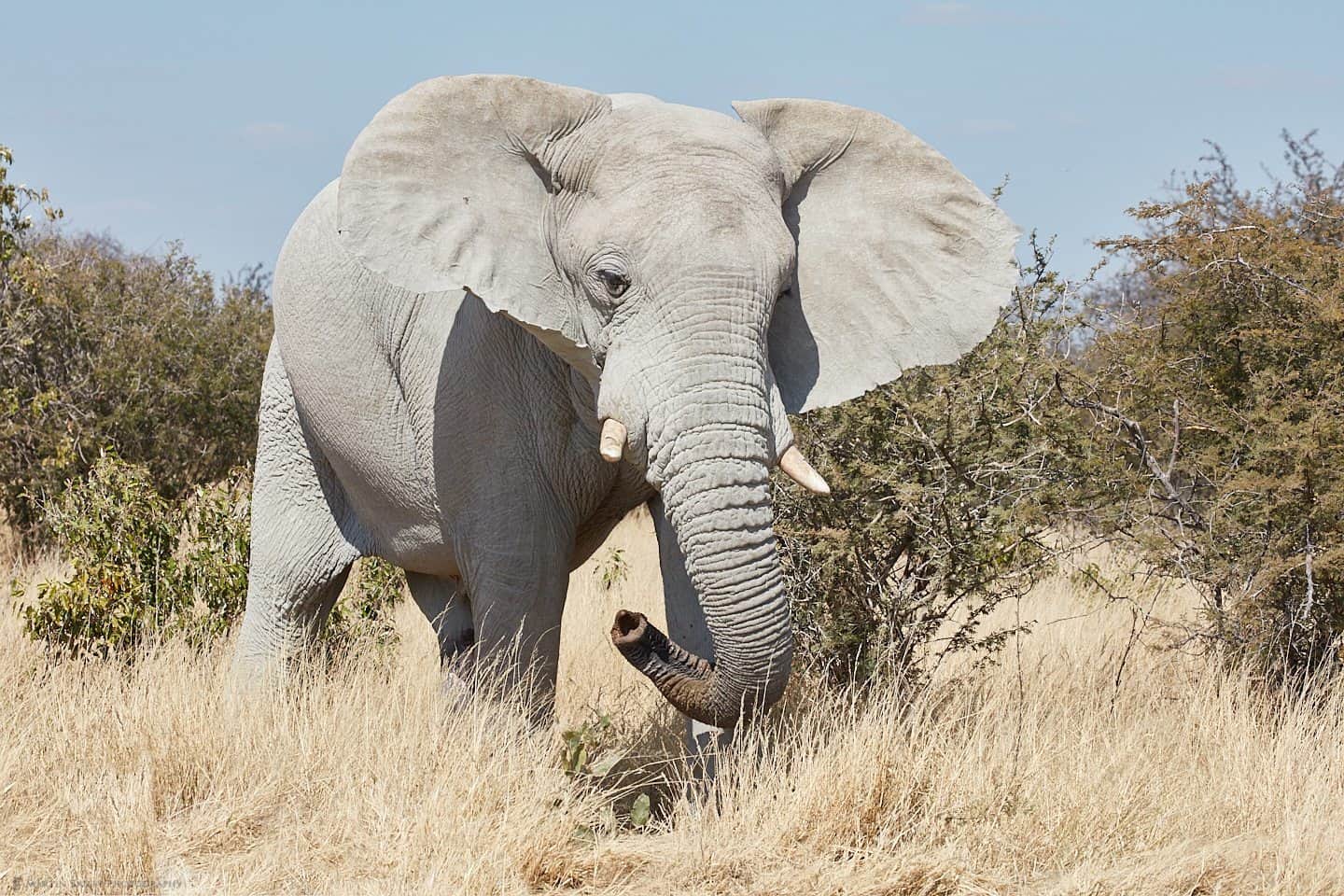
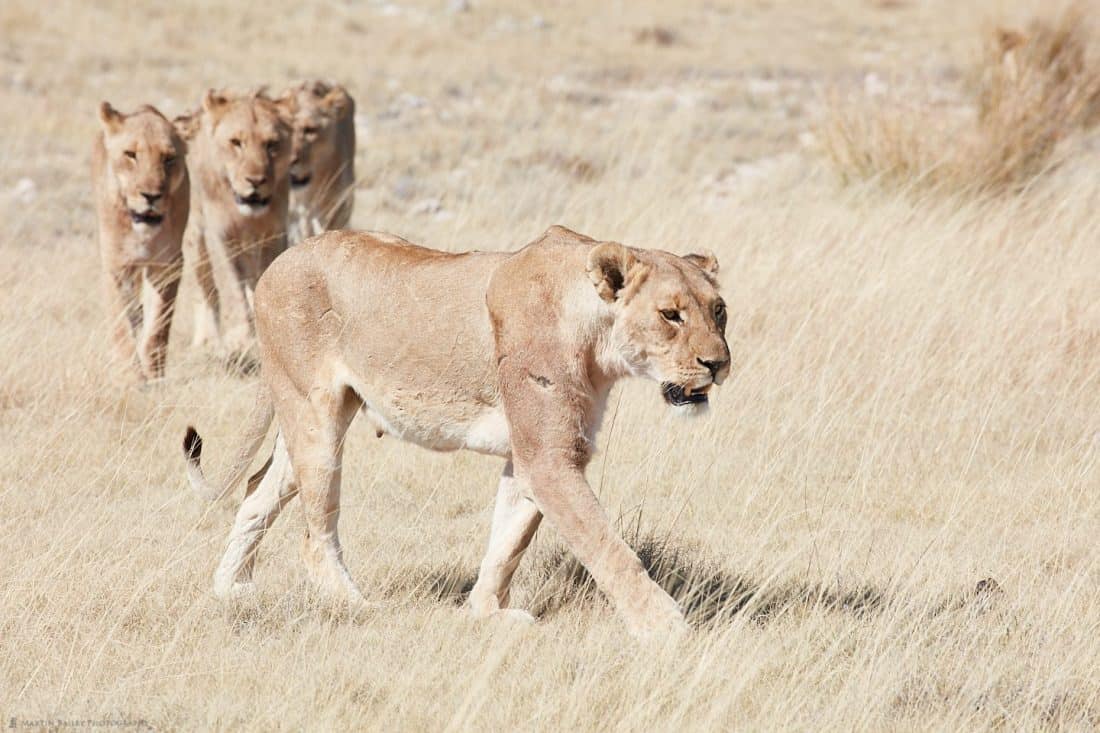
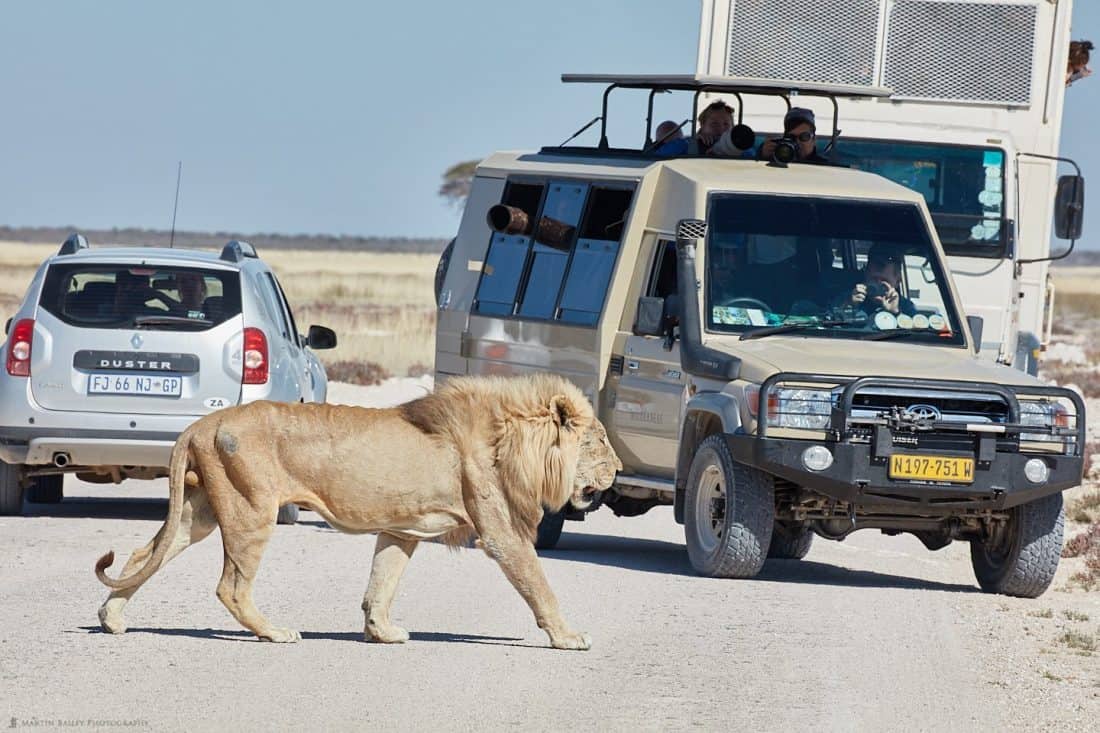
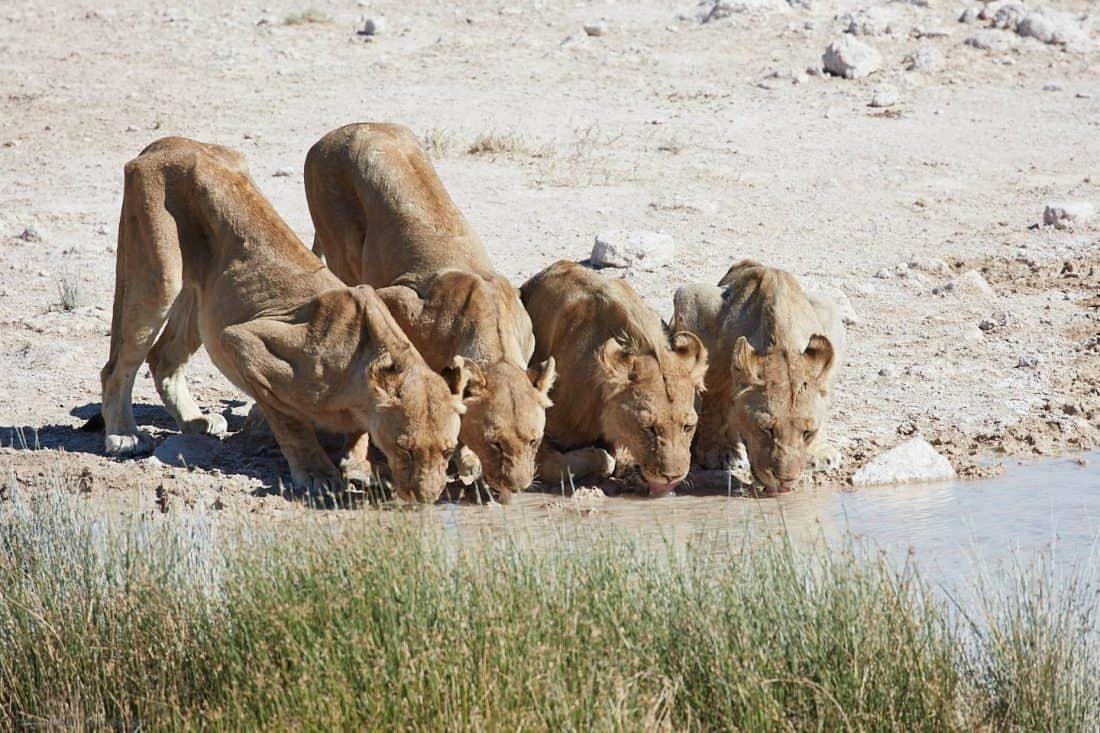
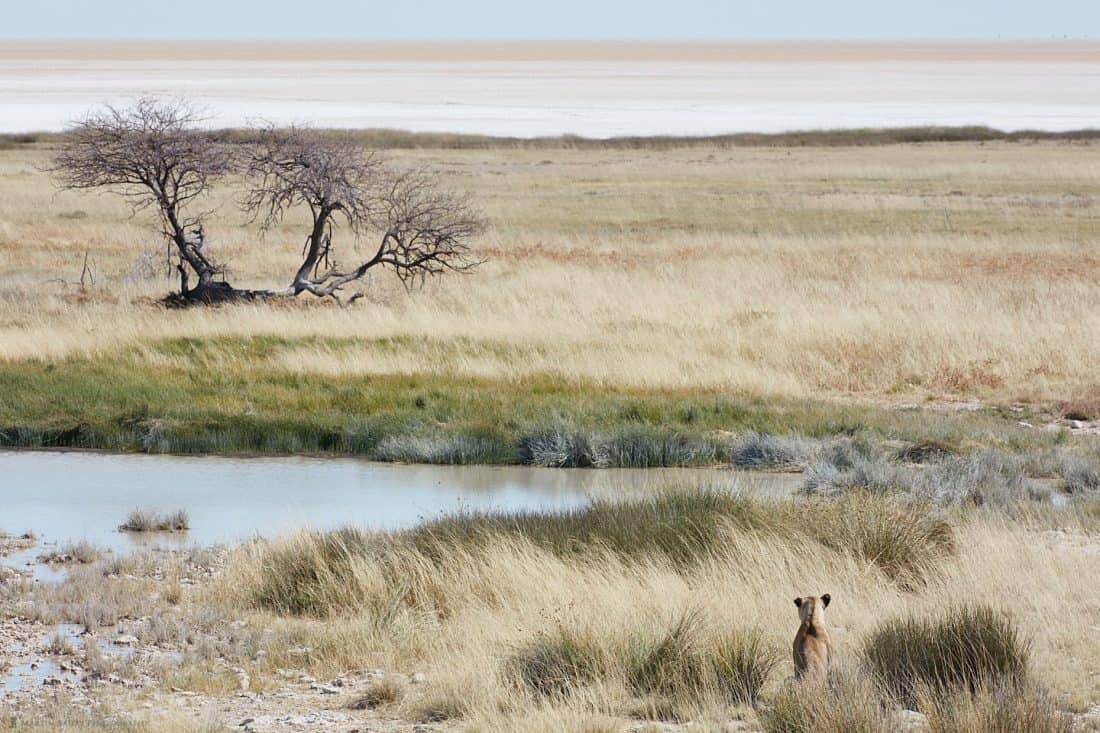
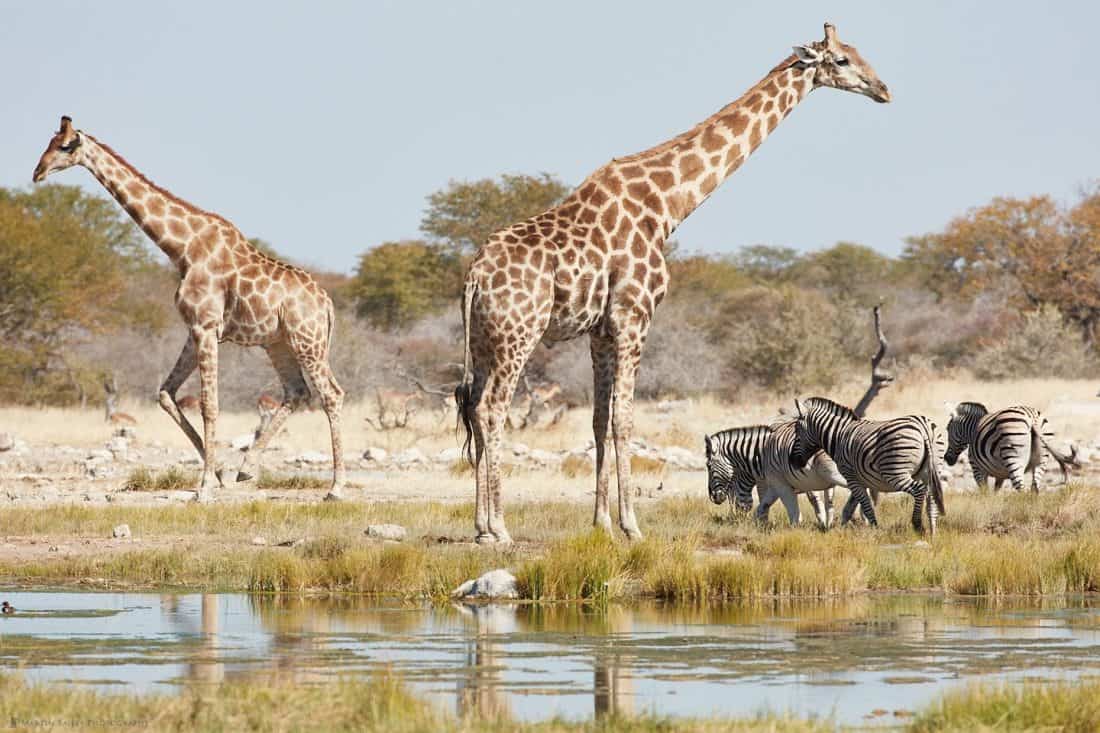
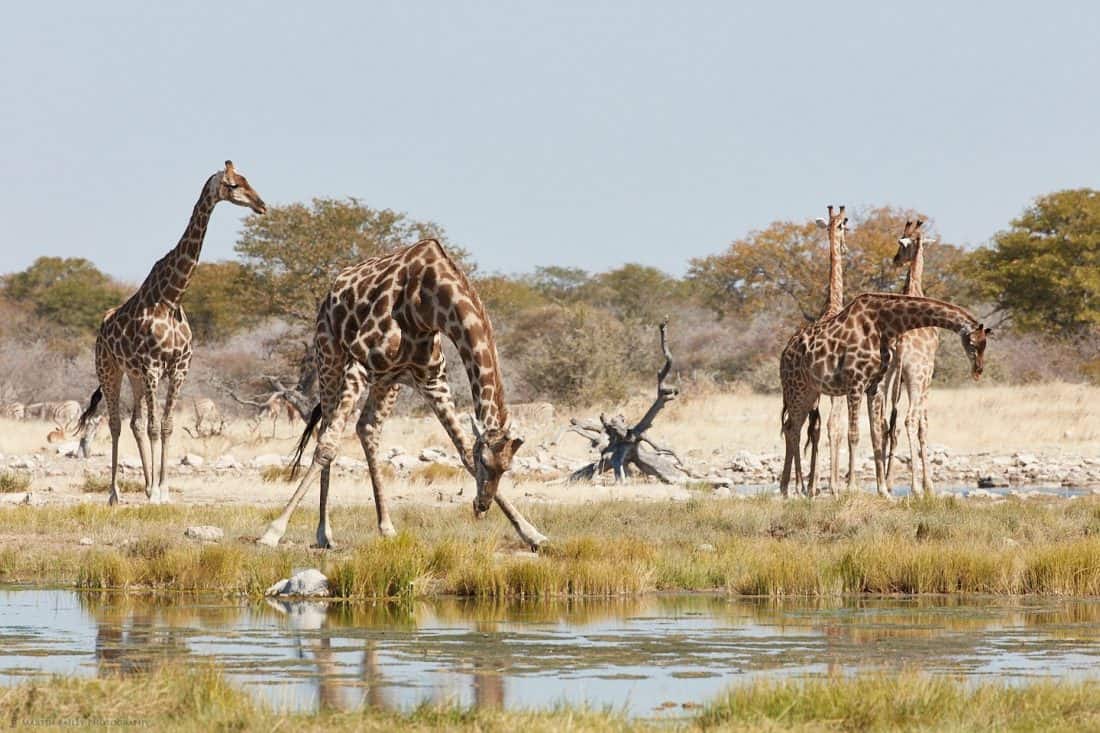
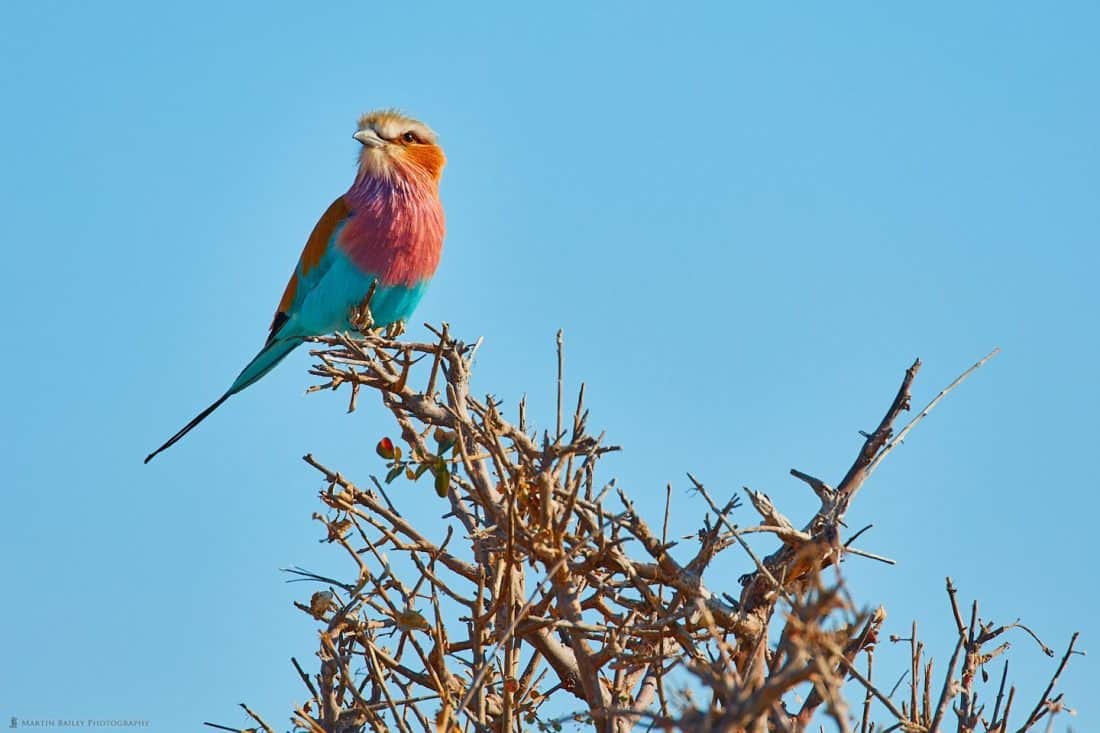

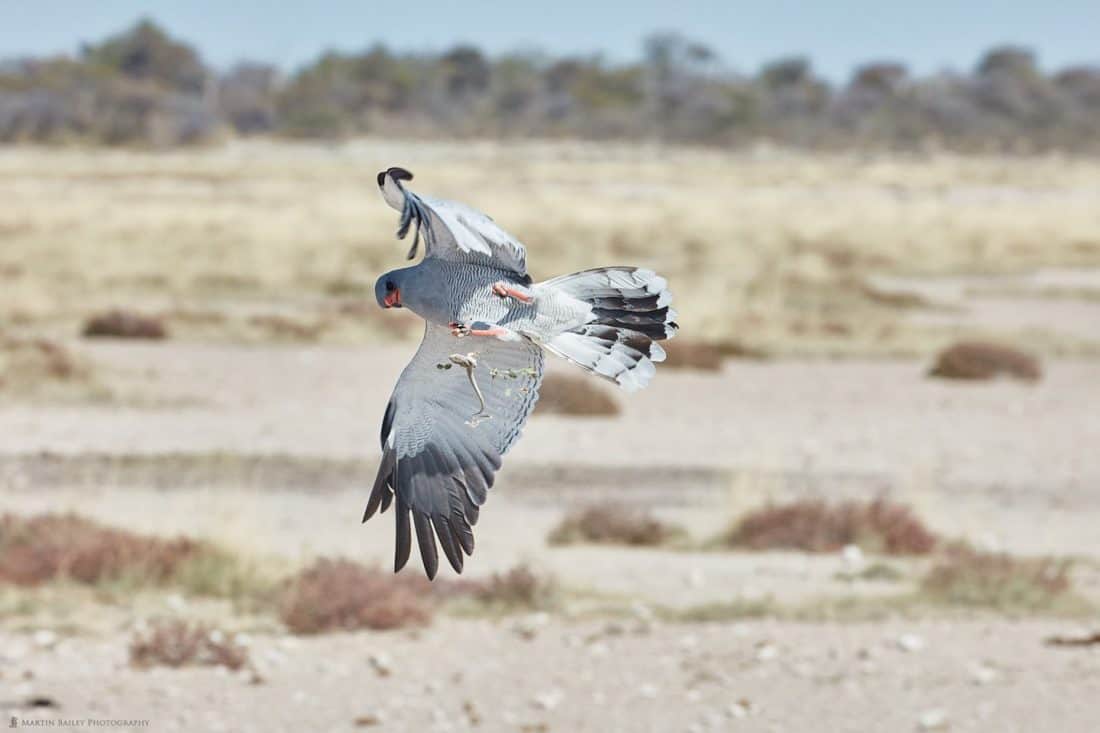
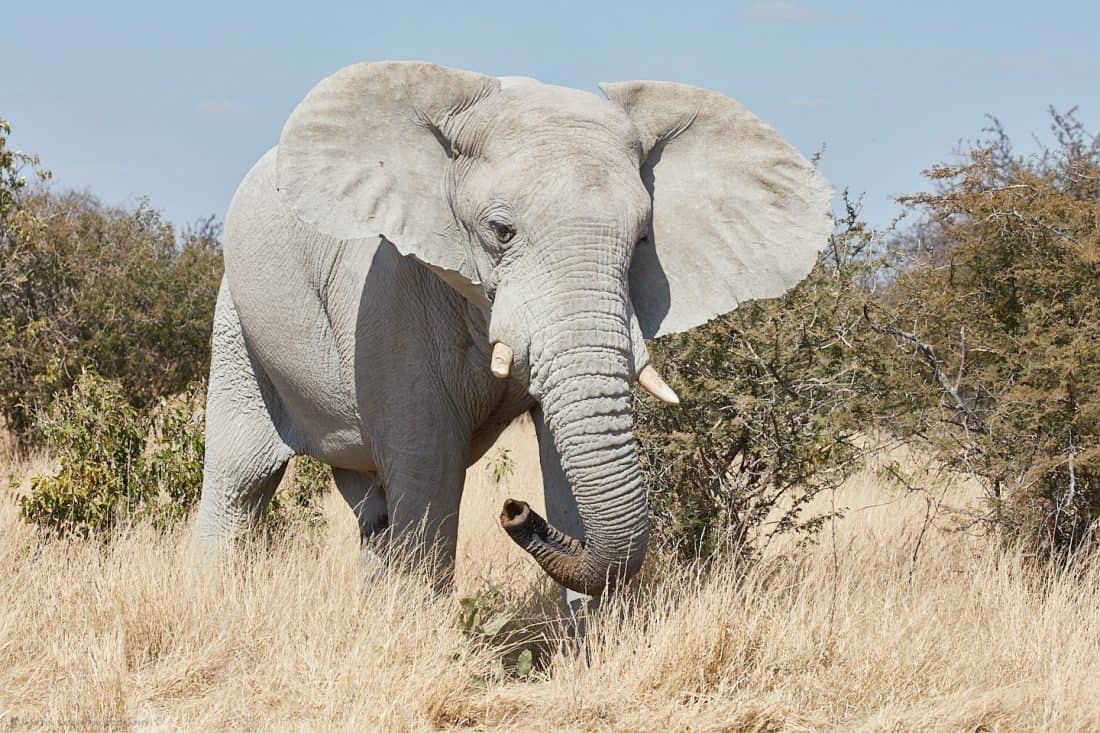
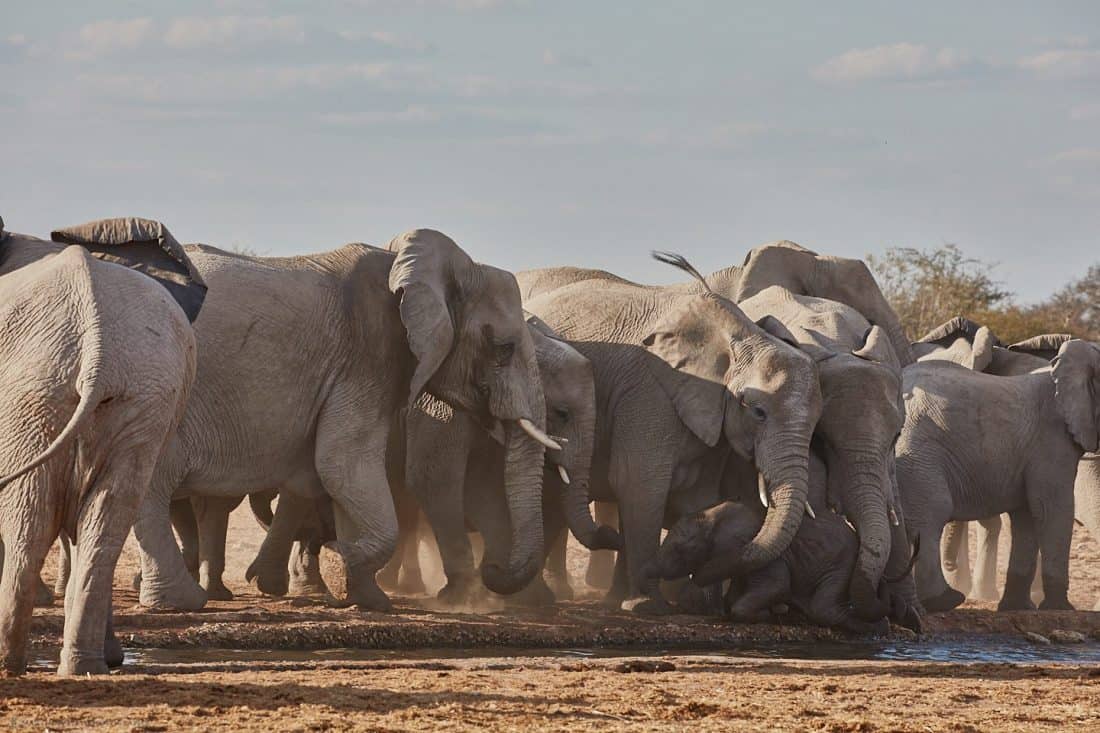
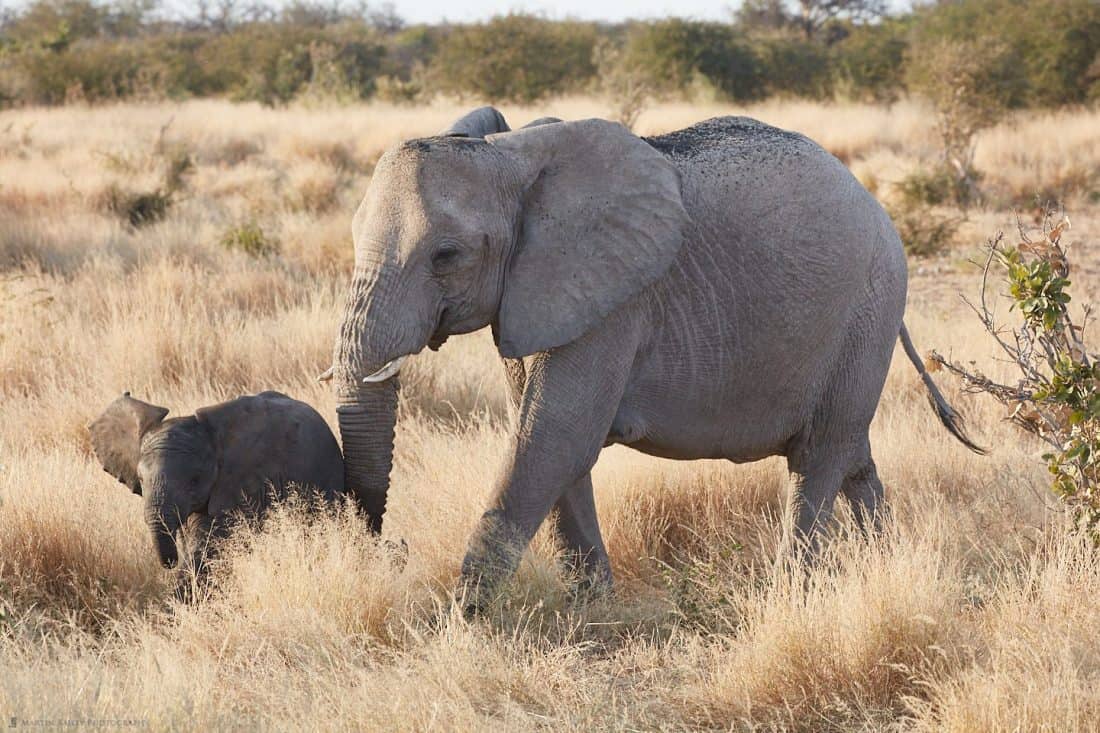
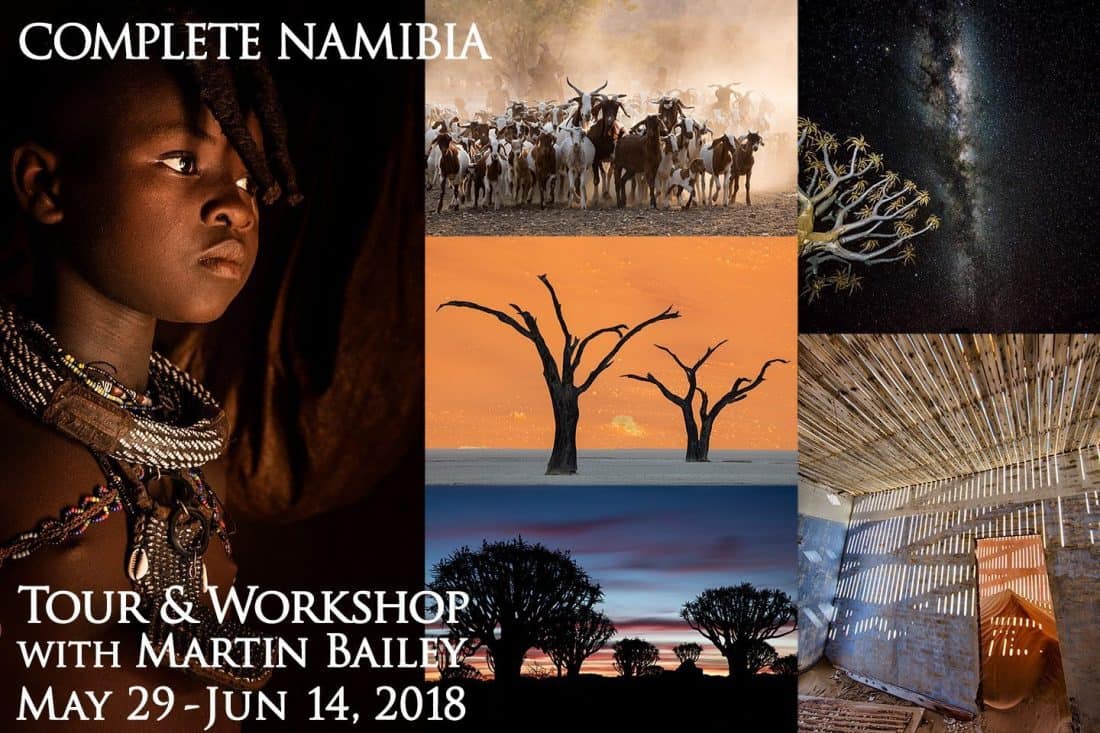

Thank you Martin for mentioning Rhino Ride, we really appreciate the support!
Chris and the rest of the Rhino Ride team.
You are very welcome Chris! Thanks for all that you do!